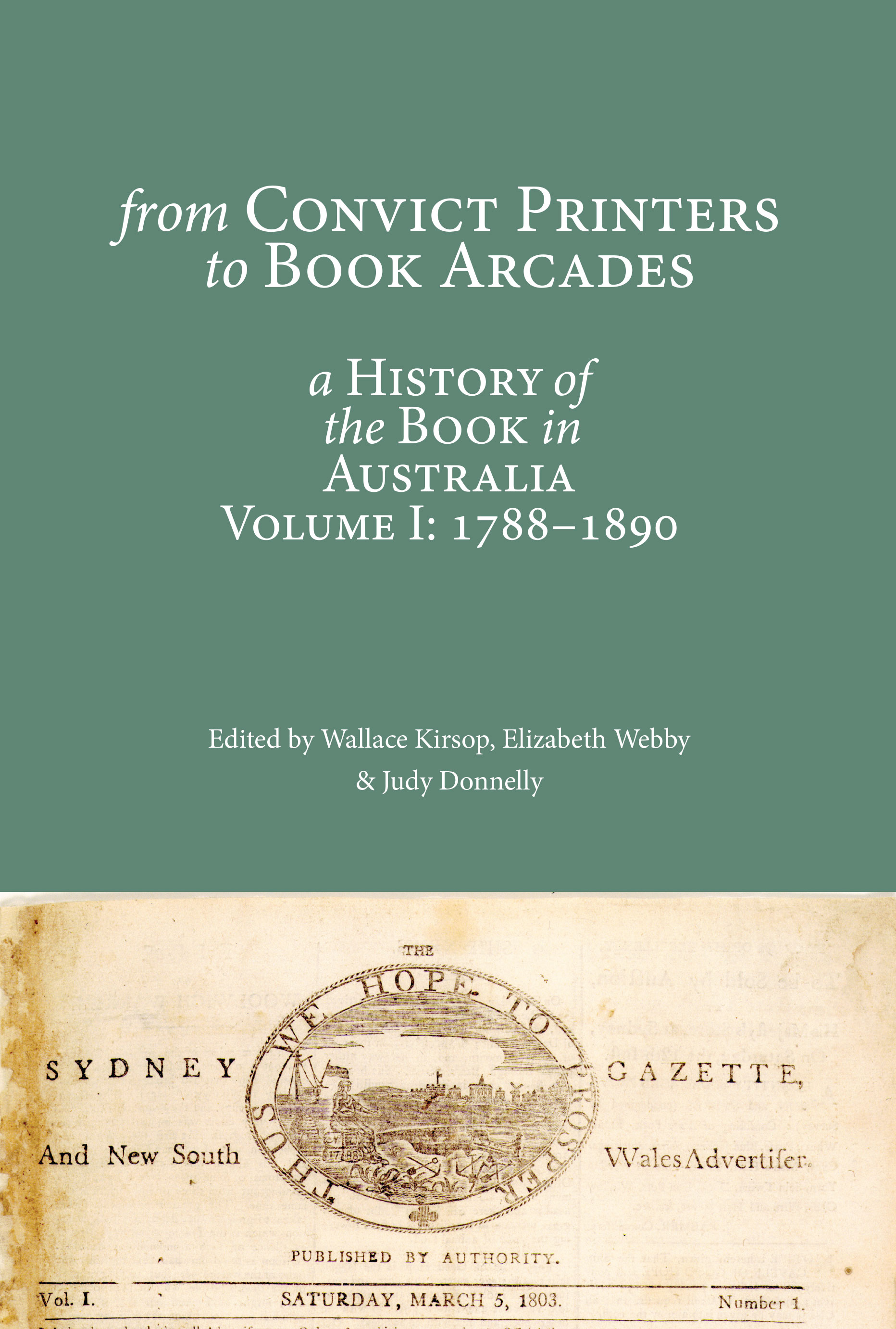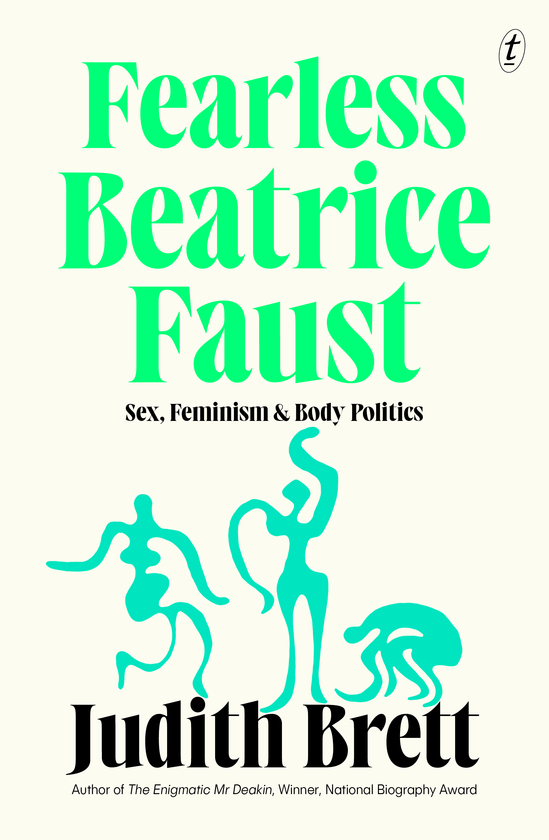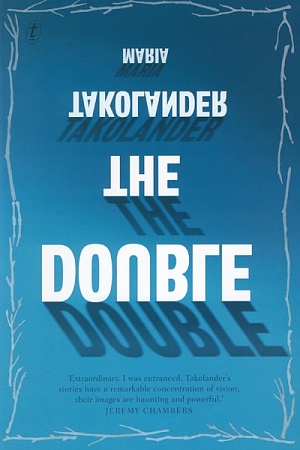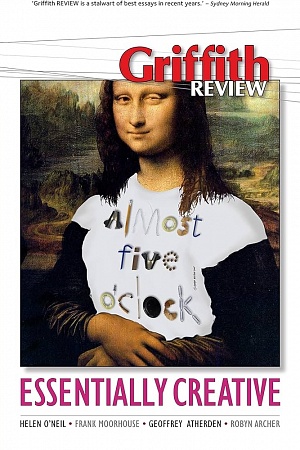Transnational Literature, Volume 2, Issue 2
Transnational Literature, Volume 2, Issue 2 edited by Ioana Petrescu
This issue of open access e-journal Transnational Literature offers contributions from a 2009 symposium on migration, held in Adelaide. It is a diverse collection, appropriately so given persistent themes of dislocation, assimilation and multiculturalism. Still, perhaps diversity has its limits: the issue is burdened with Graeme Harper’s keynote symposium address, a ponderous and misplaced commentary on ‘the journey’ creative writers undertake: ‘As might already be realised, post-working can be the pre-working for future Creative Writing, and it can (and often is [sic]) emphasize the fact that creative writers are creative writers because they are actively engaged in one or more of the many acts of Creative Writing.’
Other articles demonstrate a commitment both to stylish prose and to scholarly content. Susan Bradley-Smith’s very personal take on finding ‘home’ has a deliberately disjointed quality. Jackie Cook weaves weighty themes into her investigation of the tragic experiences of a young woman in colonial Napier, New Zealand. Isobel Grave and Giancarlo Chiro consider the poetics of alienation and disconnection in Rosa Cappiello’s Italian migrant novel, Paese fortunato (Oh, Lucky Country). They also interrogate the English translation, which Sydney University Press recently reissued.
The creative writing – a short story and two poems – is solid but seems staged to augment the migration theme. Although nicely written, Hayley Katzen’s story about inter-generational differences sets up a moral quandary that is too obvious.
The journal includes book reviews split into ‘Creative and life-writing’ and ‘History, Theory and Criticism’, but essays here by Bradley-Smith and Cook transcend the distinctions such headings imply. While there is some minor unevenness, more often sharp and obviously expert commentaries abound. And that’s the case throughout. Despite occasional patches of unnecessary denseness, the writing and the research mostly displays purpose, depth and an admirable commitment to scholarly accessibility.














Leave a comment
If you are an ABR subscriber, you will need to sign in to post a comment.
If you have forgotten your sign in details, or if you receive an error message when trying to submit your comment, please email your comment (and the name of the article to which it relates) to ABR Comments. We will review your comment and, subject to approval, we will post it under your name.
Please note that all comments must be approved by ABR and comply with our Terms & Conditions.